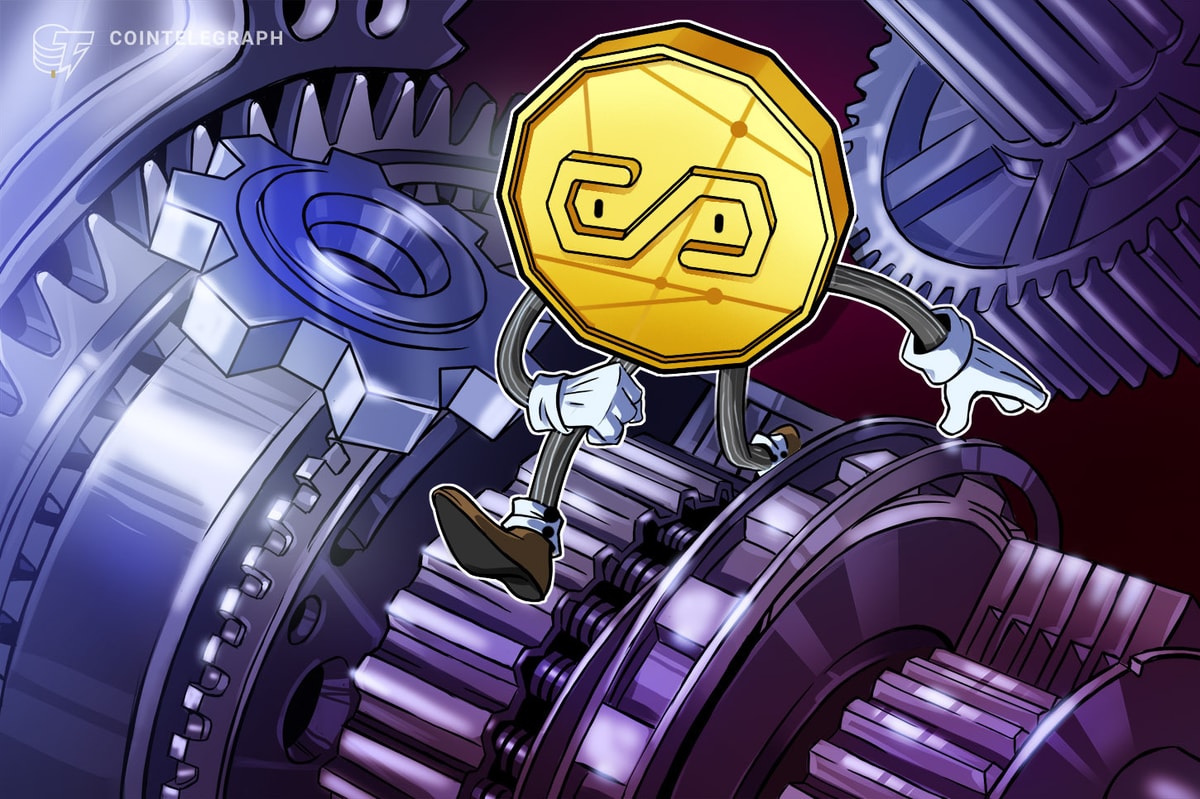
Stablecoins lack crucial mechanisms that guarantee money market stability in fiat, and an operational model that gave regulatory control to a central bank would be superior to private stablecoin, a study released by the Bank for International Settlements (BIS) found.
The authors used a “money view” of stablecoin and an analogy with onshore and offshore USD settlement to probe the weaknesses of stablecoin settlement mechanisms.
Per the study:
“In both Eurodollar and FX markets, when private bank credit reaches the limits of its elasticity [that is, loses the ability to maintain par], central bank credit steps in, with the ultimate goal of protecting par in global dollar settlement.”
When eurodollar holders sought to bring their funds onshore during the financial crisis of the late 2000s, the Federal Reserve provided a $600 billion liquidity swap to other central banks to shore up par using what the authors described as “non-trivial institutional apparatus.”
Related: BOE governor trashes crypto, stablecoins in favor of ‘enhanced digital money’
Stablecoins bridge on-chain and off-chain funds and maintain par with the fiat USD with up to three “superficial” mechanisms: through reserves, overcollateralization and/or an algorithmic trading protocol.
Reserves, crucially, are “an equivalent value of short-term safe dollar assets.” Stablecoins mistakenly assume their solvency — the ability to meet long-term demand — based on their liquidity — the ability to meet short-term demand, whether they depend on reserves or an algorithm, according to the authors.
In addition, reserves are unavoidably tied to the fiat money market. This ties stablecoin stability to fiat money market conditions, but during economic stress, there are mechanisms in place to attempt to maintain bank liquidity both onshore and offshore. Stablecoin lacks such mechanisms. One example the authors gave was the banking crisis of this year:
“Central banks were probably surprised to find that lender of last resort support for Silicon Valley Bank in March 2023 was also in effect lender of last resort for USDC, a stablecoin that held substantial deposits at SVB as its purportedly liquid reserve.”
Furthermore, stablecoins have to maintain par among themselves. Bridges are another sore point. The authors compare blockchain bridges to foreign exchange dealers, which are highly dependent on credit to absorb imbalances in order flow. Stablecoins are unable to do that. The higher interest rates common on-chain only make their task more difficult.
Ok boomer
— psswrd12345 (@psswrd12345) November 17, 2023
The study suggested that the Regulated Liability Network provides a model solution to the difficulties faced by stablecoin. In that model, all claims are settled on a single ledger and are inside a regulatory perimeter. “The commitment of a fully-fledged banking system that would include the central bank and thus have a credibility that today’s private crypto stablecoins lack,” the authors said.
The BIS has been paying increased attention to stablecoins. It released a study earlier in November that examined examples of stablecoins failing to maintain their pegged value. That, as well as the legislative attention stablecoin has been receiving in the European Union, United Kingdom and United States, is testimony to its increasing role in finance.
Magazine: Unstablecoins: Depegging, bank runs and other risks loom


